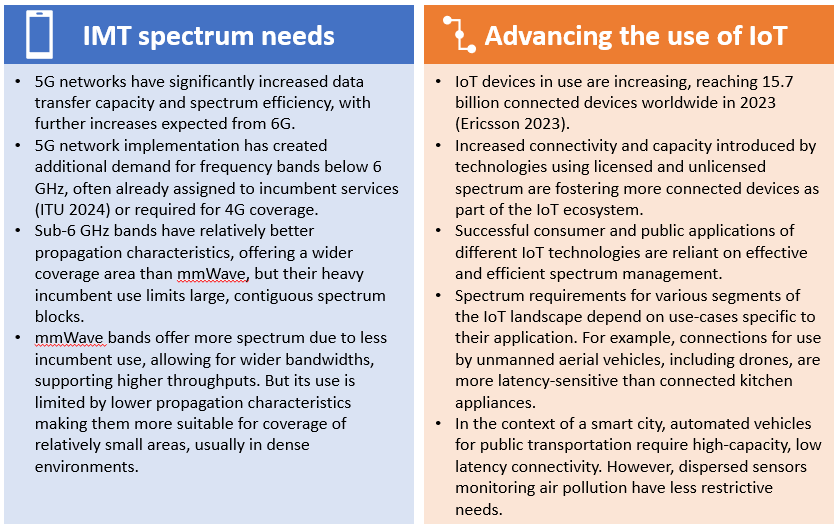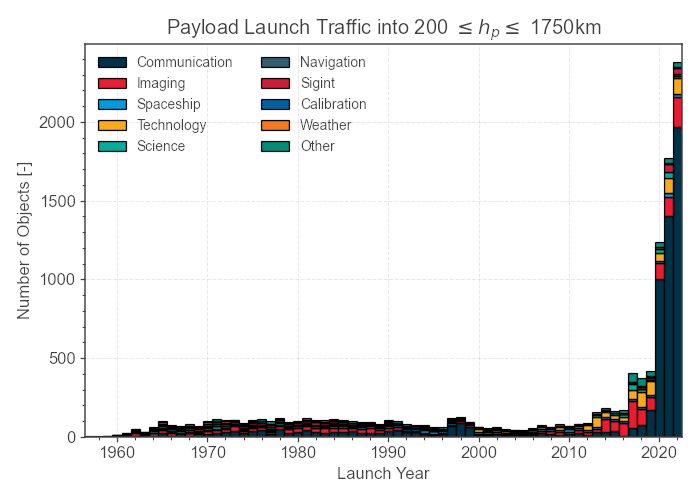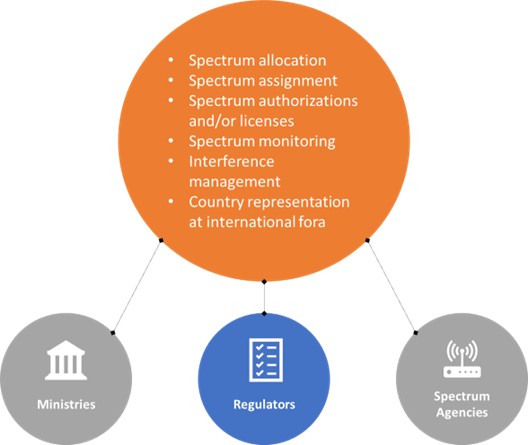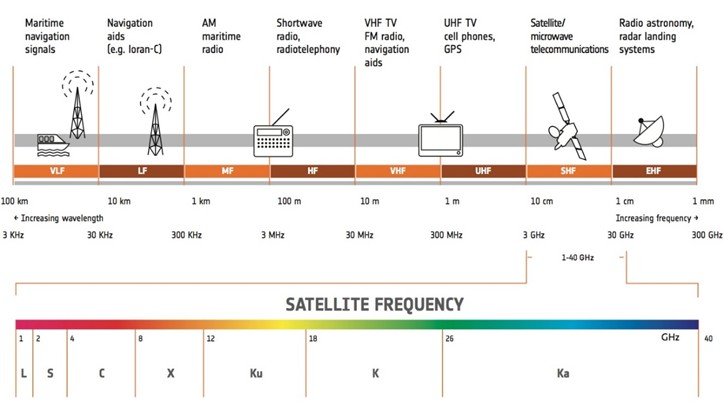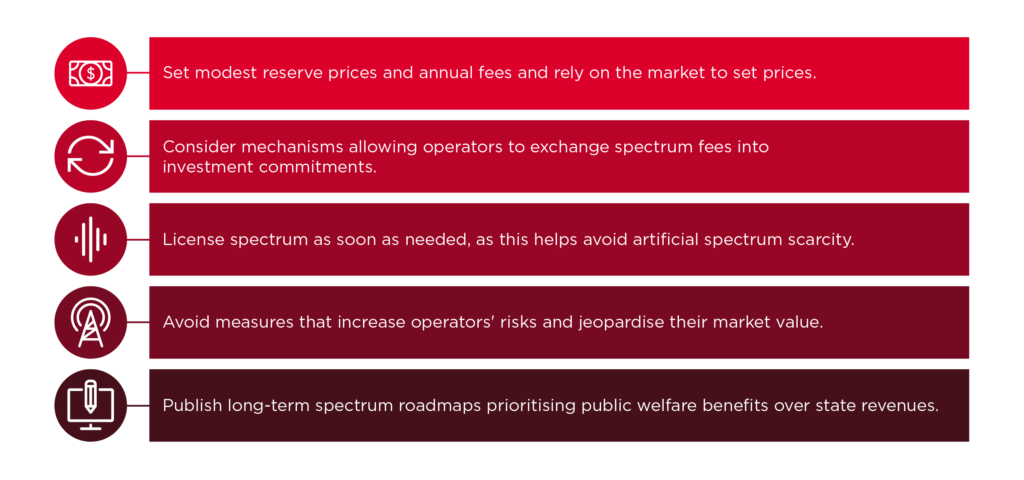Spectrum management: Guidance on the regulatory framework for national spectrum management
06.03.2025This article is excerpted from Report ITU-R SM.2093, Guidance on the Regulatory Framework for National Spectrum Management, and is reprinted here with the permission of the ITU. Society’s increasing use of radio-based technologies, and the tremendous opportunities for socio-economic development that these technologies provide, highlight the importance of radio-frequency spectrum and national spectrum management processes. Technological progress has continually opened doors to a variety of new spectrum applications that have spurred greater interest in, and demand for, the limited spectrum resource. Increased demand requires that spectrum be used efficiently and that effective spectrum management processes be implemented. Spectrum management is…
Read »